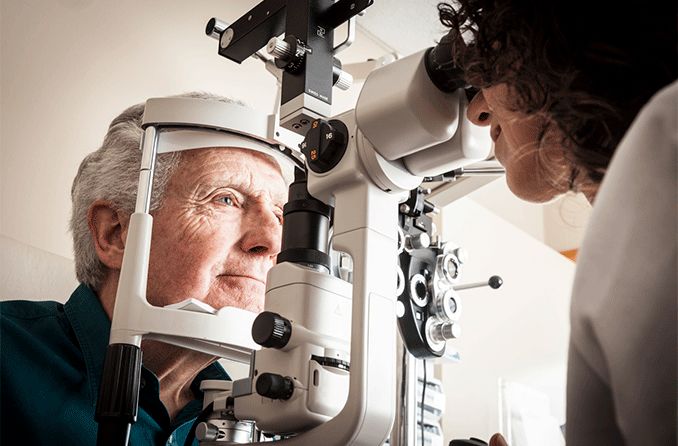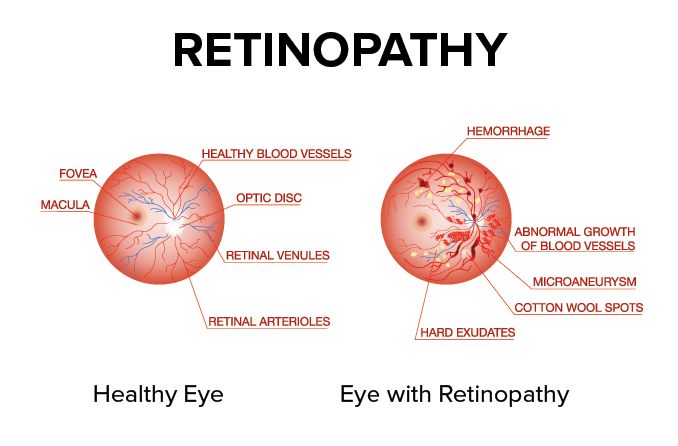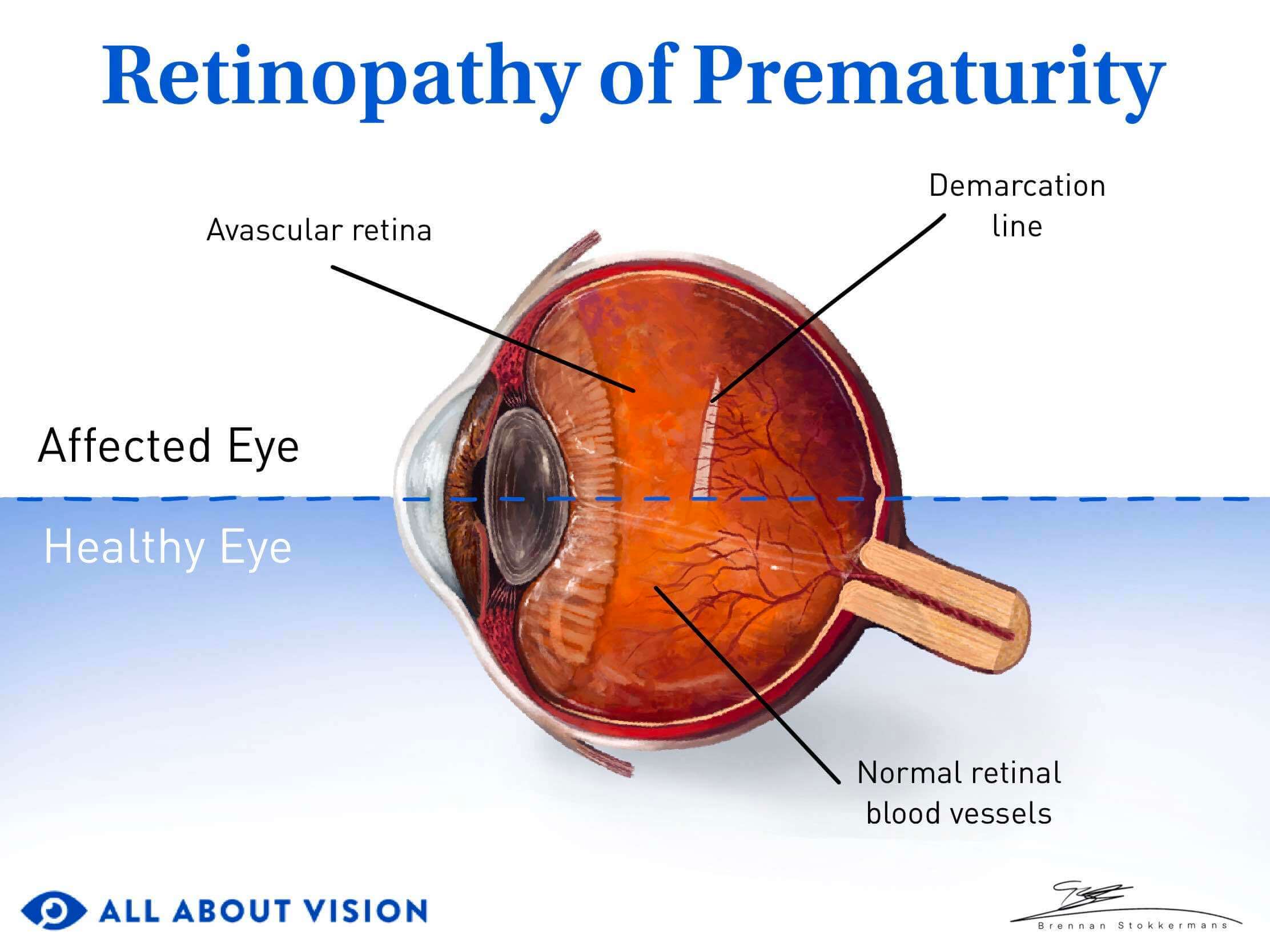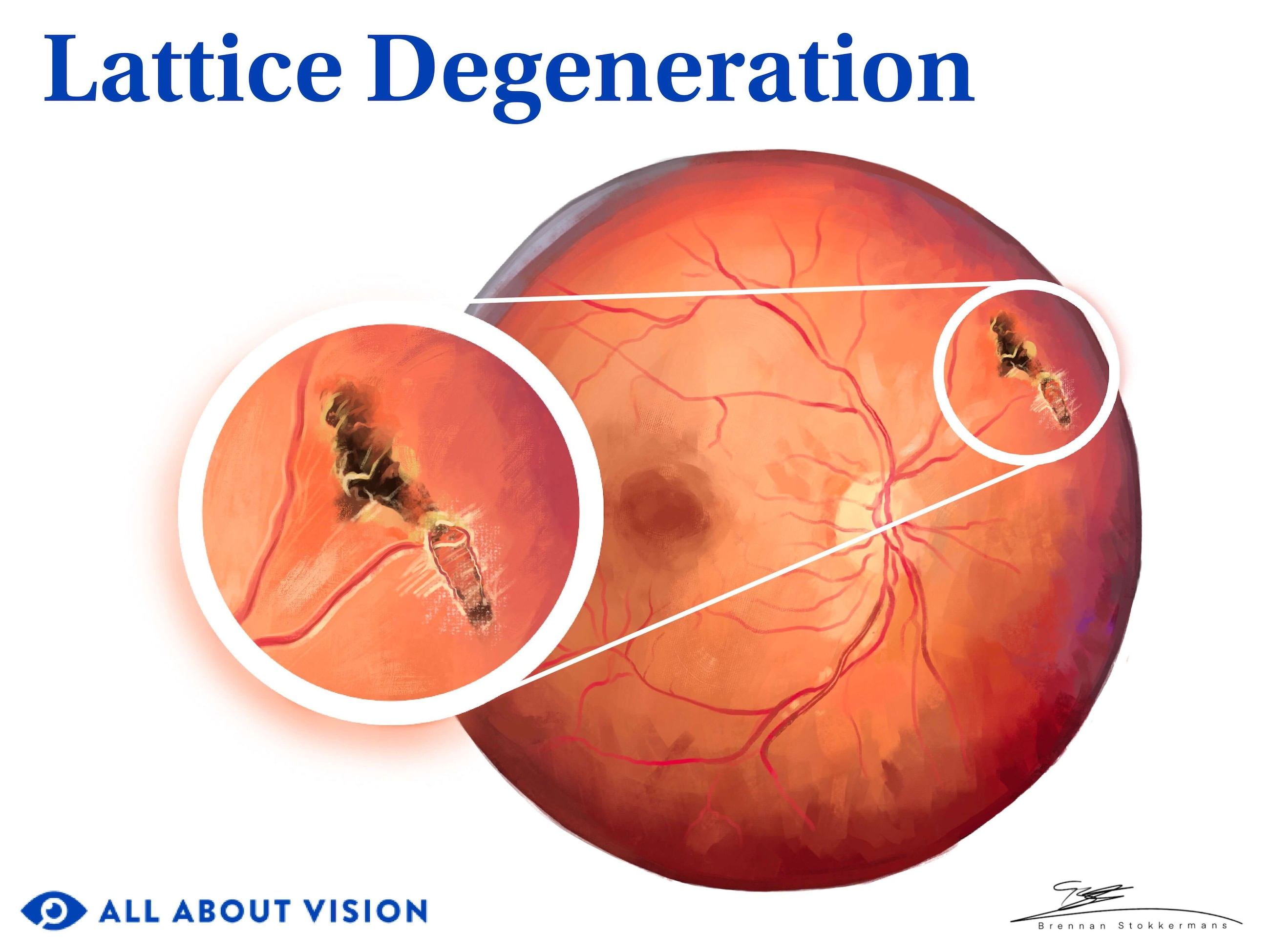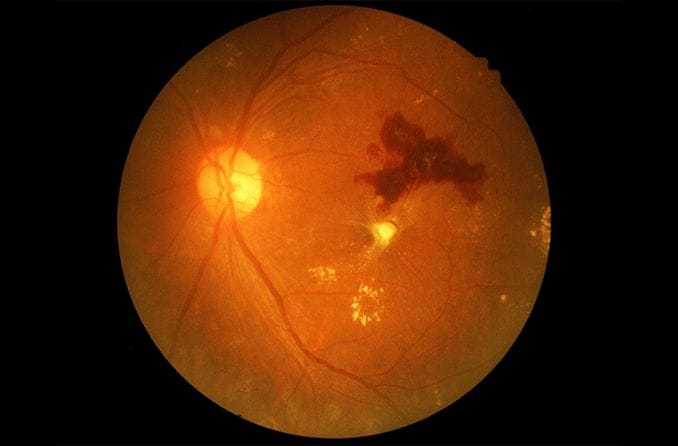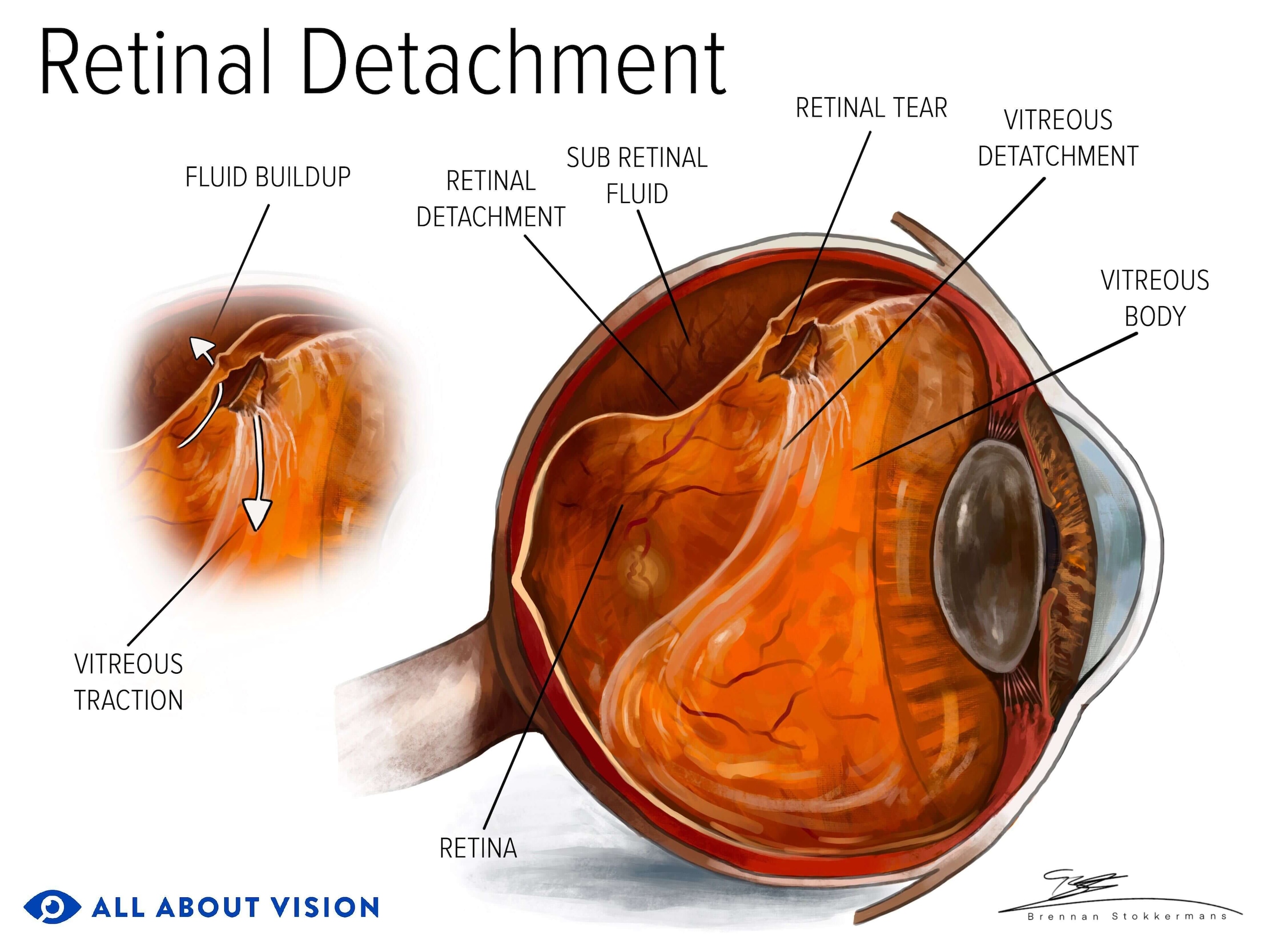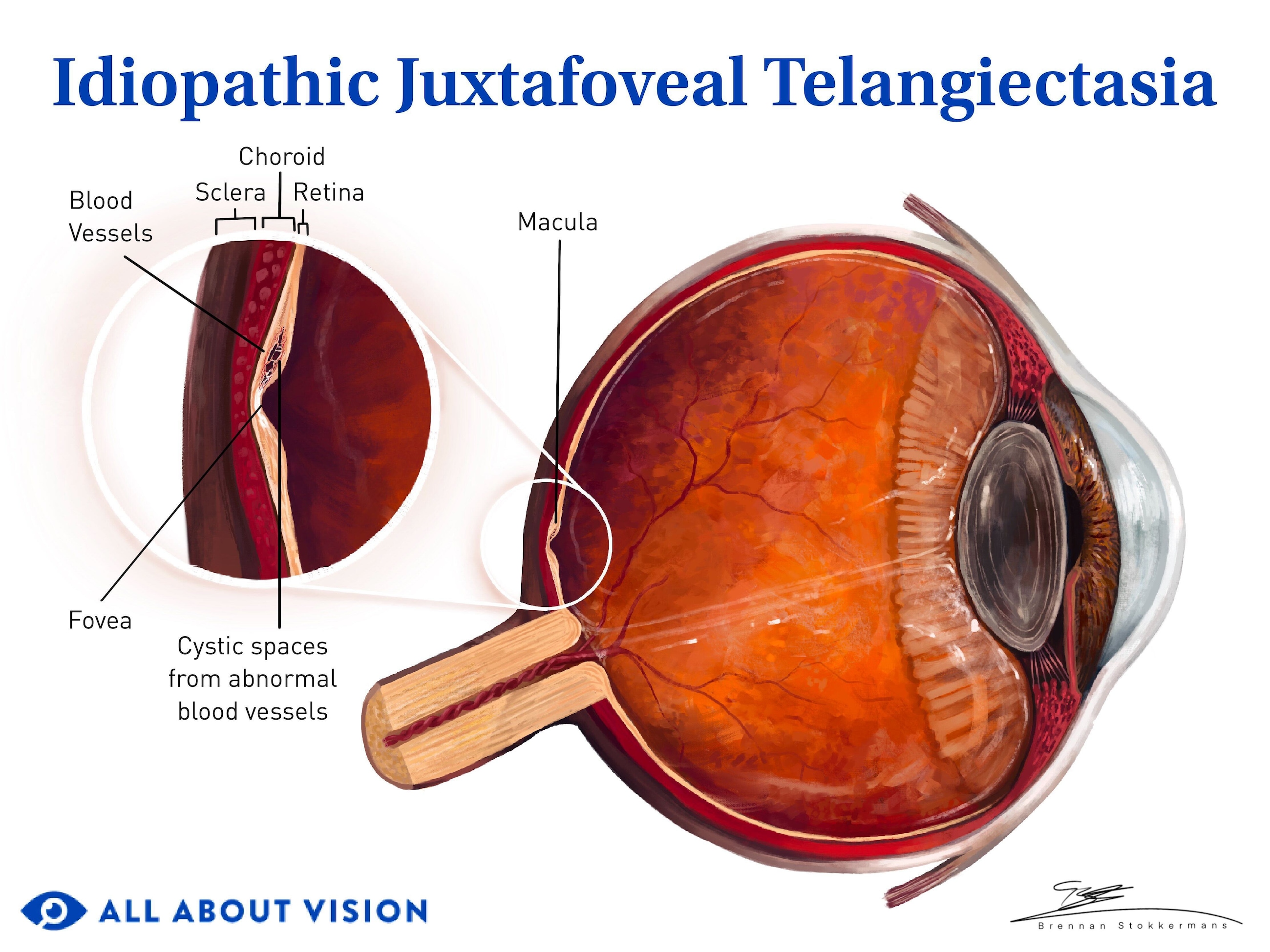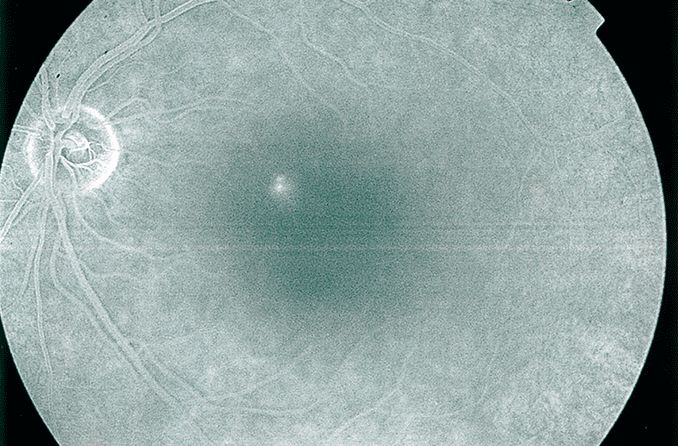Retinoschisis is a rare eye condition that occurs when the retina (the tissue lining the back of the eye that converts light into images) is split into two layers. The condition can occur in any of the seven cellular layers of the retina. It may also occur for varying reasons.
The condition may be acquired due to the natural aging process (degenerative or senile retinoschisis) or genetically inherited (genetic retinoschisis). Cases of genetic retinoschisis generally occur more often in males than females, whereas degenerative retinoschisis seems to affect males and females equally.
Other names used for retinoschisis, which are given depending on the type and cause, include:
Congenital X-linked retinoschisis or CXLRS
X-linked retinoschisis or XLRS
XJR
Juvenile retinoschisis
Degenerative retinoschisis
Senile retinoschisis
Retinoschisis does not usually lead to blindness and is treatable with the aid of corrective eyewear. However, it can sometimes lead to poor vision or further complications that require additional monitoring and care.
